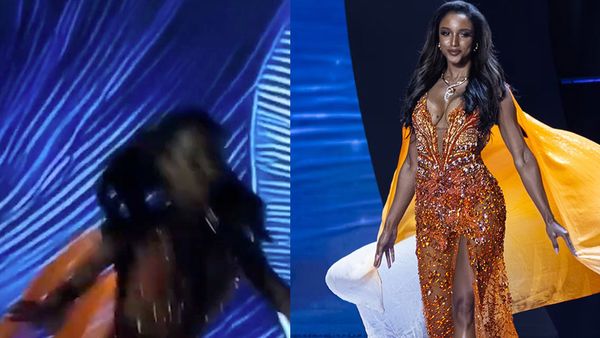
Cuckoos might be the ultimate avian con artists, laying lookalike eggs in the nests of other birds to avoid raising their own young, but researchers say at least one potential victim is remarkably good at rumbling the fraud.
Scientists studying the African cuckoo have revealed that while the birds are able to produce almost identical-looking eggs to those of the fork-tailed drongo, the latter is likely to reject an impostor egg about 94% of the time.
The team behind the work say that is because drongo eggs can vary greatly in appearance, ranging from unmarked to speckled, blotched, or reddish eggs.

While cuckoos can produce an almost identical-looking collection, for both species individual females can only produce eggs with one type of appearance. Crucially, female cuckoos do not target drongo nests containing similar-looking eggs to their own.
As a result, a cuckoo might drop a perfectly drongo-looking blotched egg into a clutch of speckled drongo eggs.
“It really highlights how important it is to look at individual, case-by-case differences, and not only to compare population averages,” said Jess Lund, the first author of the research, who is based at the University of Cambridge.
Writing in the journal Proceedings of the Royal Society B, Lund and colleagues report how over four years they studied the nests of drongos in southern Zambia, finding African cuckoo eggs in at least 34 of the 196 nests examined.
When the team compared the eggs produced by the two species they found that on average they were nearly identical in terms of size, shape, colour and patterns.
The team then conducted experiments in which eggs from one female drongo were placed in the nest of another. The researchers analysed how similar in appearance the two eggs were, and monitored how often the impostor egg was removed from the nest.

The results were used to create a model of egg rejection by drongos. They then applied this model to 1,000 computer simulations of pairs of drongo and cuckoo eggs, based on the assumption – rooted in field observations – that which cuckoo eggs end up in which drongo nest is random.
The results suggested that despite cuckoos as a species being able to produce eggs that were nearly identical to those of drongos, drongos were predicted to reject an impostor egg 94% of the time.
Lund said the findings underscored the importance of variability.
“Even though there is near-perfect mimicry, because there is so much variability in [egg appearance], drongos seem to have the upper hand, at least at our study site,” she said.







